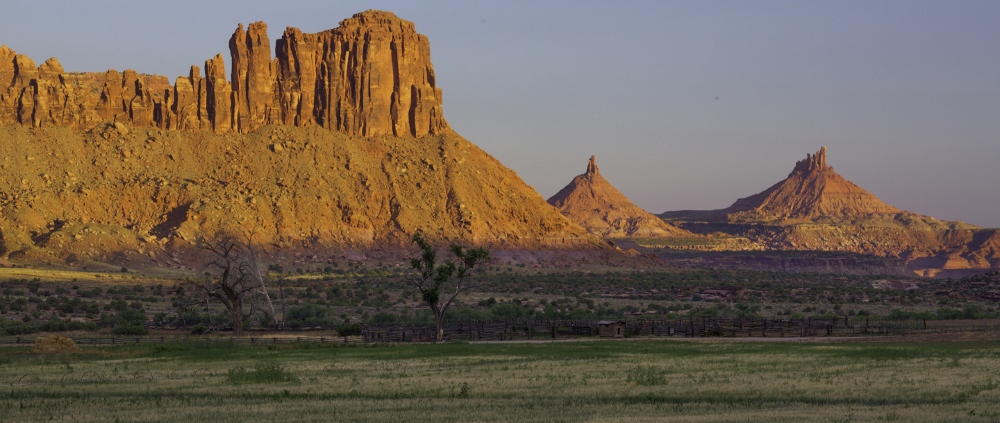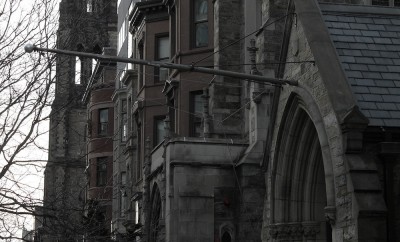Breaking News
Saving Bears Ears National Monument

Image: Wikipedia.com
Since the introduction of H.R. 621 last fall, the fight to protect public lands is receiving a lot of attention. Those in power seem to value corporate influence over cultural heritage, conservation, and preservation of resources. Secretary of the Interior, Ryan Zinke, recently recommended the shrinking of the borders of three national monuments, including the newly designated Bear’s Ears National Monument (BENM). Though it is not clear what the land would be used for, the energy industry has shown interest in mining and drilling in the BENM.
A National Monument is similar to a National Park, but National Monuments are specifically designated as such because of their cultural, historical, natural, or scientific significance. The practice was first established by Theodore Roosevelt using the Antiquities Act of 1906, which set penalties for the destruction or removal of artifacts in these designated areas, unless recovered by Archaeologists. The language of the act specifies that these designations be limited to the smallest possible area necessary to preserve the objects to be protected. This is how the current administration is hoping to shrink the borders of these National Monuments.
Bear’s Ears National Monument is a 1.3 million acre National Monument in southern Utah. The site was a sacred place to the four Native American groups the Navajo, the Ute mountain Ute, the Uintah & Ouray Ute, and the Pueblo of Zuni. BENM contains 100,000 sites of cultural interest within its borders, and six separate cultural management areas. This land has been inhabited by these Native American Peoples for thousands of years. Clovis artifacts have been found here, which represent one of the earliest periods of human artifacts in North America.
So, this situation raises the question, where are the borders of cultural significance of BENM? Who decides where those borders are?
In the event that the borders of these national monuments are changed, it would be the first time since the 1960s, and the largest change to National Monuments ever. The change would also remove the protection given to any artifacts that happen to be in the areas that are removed from the BENM. There is a large industry in illicit antiquities as a result of looting. The BENM was designated as as a National Monument at the request of the inter-tribal coalition because of looting and vandalism. Therefore, without an adequate archaeological survey of the areas being decommissioned, there is no way to know what artifacts are in the dirt. In a statement released by the Bears Ears Inter-Tribal Coalition, they stated that the change would leave tens of thousands of sacred sites without protection, and that Zinke’s recommendations are an insult to the native groups involved. Further, if the native peoples in the area declare the site sacred, who has the right to declare it not to be so?
Apparently, the answer is the P.O.T.U.S., who has made it clear that he values the rights of corporations over indigenous rights with his treatment of the Standing Rock Situation. A recent poll assessing the recent recommendations of the Secretary of the interior showed that 99% of those assessed oppose the changing of National Monuments. The outdoor company Patagonia has dedicated itself and the company’s resources to fighting the proposed changes. If you would like to know how you can get involved in taking action, then you should go to the Bears Ears Inter-Tribal Coalition’s website.





0 comments